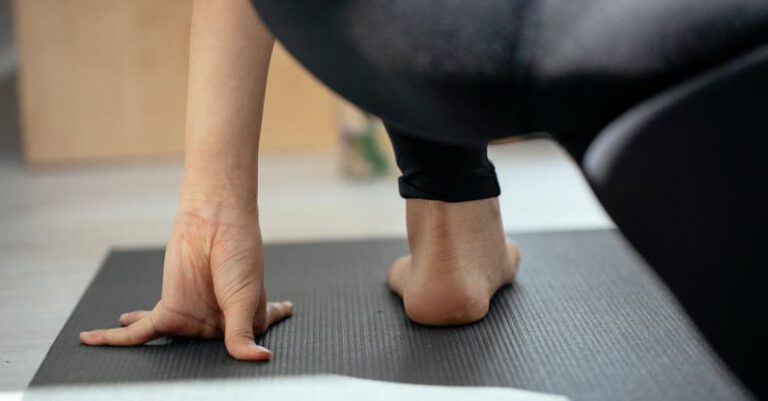
Embarking on a journey to improve your overall well-being is a commendable decision that requires dedication and a personalized approach. Creating a personalized wellness plan tailored to your specific needs and goals is key to achieving lasting results. By taking the time to assess your current lifestyle, set realistic objectives, and implement sustainable habits, you can pave the way for a healthier and happier you. Here’s how you can create a personalized wellness plan that suits your unique preferences and requirements.
Assess Your Current Lifestyle
Before diving into creating a wellness plan, it’s crucial to evaluate your current lifestyle and identify areas that may need improvement. Take a holistic approach by examining various aspects of your life, including your diet, physical activity levels, sleep patterns, stress management techniques, and social connections. Reflect on your daily habits and routines to pinpoint areas where you can make positive changes.
Setting Realistic Goals
Once you have assessed your current lifestyle, the next step is to set realistic and achievable goals that align with your values and priorities. When setting goals, it’s essential to be specific, measurable, attainable, relevant, and time-bound (SMART). For example, if your goal is to improve your fitness level, you could set a target of exercising for at least 30 minutes five days a week. By establishing clear objectives, you can track your progress and stay motivated to continue on your wellness journey.
Implement Sustainable Habits
Creating a personalized wellness plan is not just about making temporary changes but rather adopting sustainable habits that you can maintain in the long run. Identify habits that support your overall well-being and incorporate them into your daily routine. This could include meal prepping healthy meals, scheduling regular physical activity, practicing mindfulness or meditation, getting an adequate amount of sleep, and prioritizing self-care activities. By making small but consistent changes, you can gradually build a foundation for a healthier lifestyle.
Mindful Eating
One of the cornerstones of a personalized wellness plan is mindful eating, which involves paying attention to your body’s hunger and fullness cues, as well as making conscious food choices. Instead of following strict diets or restricting certain food groups, focus on nourishing your body with a balanced and varied diet rich in fruits, vegetables, whole grains, lean proteins, and healthy fats. Practice mindful eating by savoring each bite, eating slowly, and listening to your body’s signals of hunger and satisfaction.
Stay Active
Regular physical activity is essential for improving your overall health and well-being. Find activities that you enjoy and that align with your fitness goals, whether it’s going for a walk, practicing yoga, lifting weights, dancing, or playing a sport. Aim to incorporate at least 150 minutes of moderate-intensity exercise or 75 minutes of vigorous-intensity exercise per week, as recommended by health guidelines. Remember that staying active is not only beneficial for your physical health but also for your mental and emotional well-being.
Manage Stress
In today’s fast-paced world, stress has become a common factor that can negatively impact our health. Incorporating stress management techniques into your wellness plan is essential for maintaining balance and reducing the harmful effects of stress on your body and mind. Explore different strategies such as deep breathing exercises, meditation, yoga, spending time in nature, journaling, or engaging in creative activities to help you relax and unwind.
Cultivate Healthy Relationships
Social connections play a significant role in our overall well-being, so it’s important to nurture healthy relationships and surround yourself with supportive individuals. Make time for meaningful interactions with friends and family, join social groups or clubs that interest you, and prioritize spending quality time with loved ones. Building a strong support network can provide emotional support, encouragement, and a sense of belonging, which are vital for your mental and emotional health.
Embrace Self-Care
Self-care is a fundamental aspect of a personalized wellness plan and involves taking time to prioritize your physical, emotional, and mental well-being. Whether it’s practicing self-compassion, setting boundaries, engaging in activities that bring you joy, or seeking professional help when needed, self-care is about showing yourself kindness and compassion. Remember that self-care looks different for everyone, so find what works best for you and make it a non-negotiable part of your routine.
Incorporating these elements into your personalized wellness plan can help you create a roadmap to a healthier and happier lifestyle. By assessing your current lifestyle, setting realistic goals, implementing sustainable habits, and prioritizing self-care, you can take proactive steps towards enhancing your overall well-being. Remember that wellness is a journey, not a destination, so be patient with yourself, stay committed to your goals, and celebrate your progress along the way.





